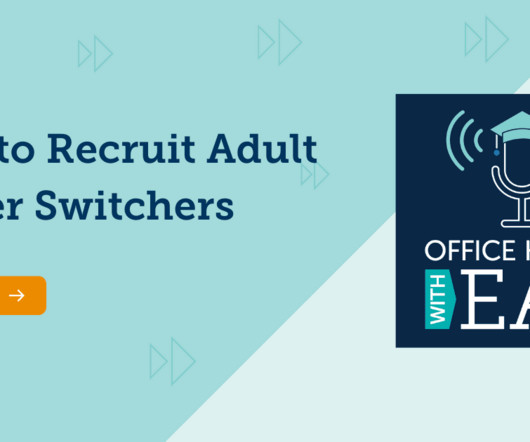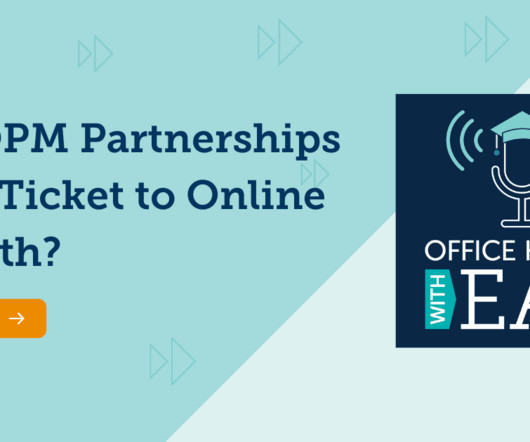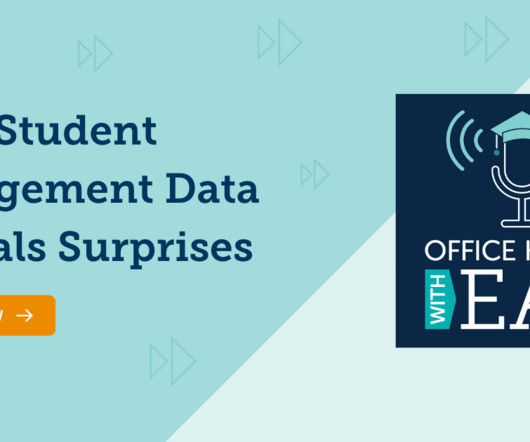Landscape Review Finds More Questions in Link Between Higher Ed and Civic Engagement
Diverse: Issues in Higher Education
JUNE 13, 2024
One important discovery they highlight is the fact that, when students are more civically engaged, they have a better academic persistence and retention. There is another hole in civic engagement research: a lack of real consensus around the definition of civic or community engagement. Dr. Ioana G. Hulbert, researcher at Ithaka S+R.
















Let's personalize your content